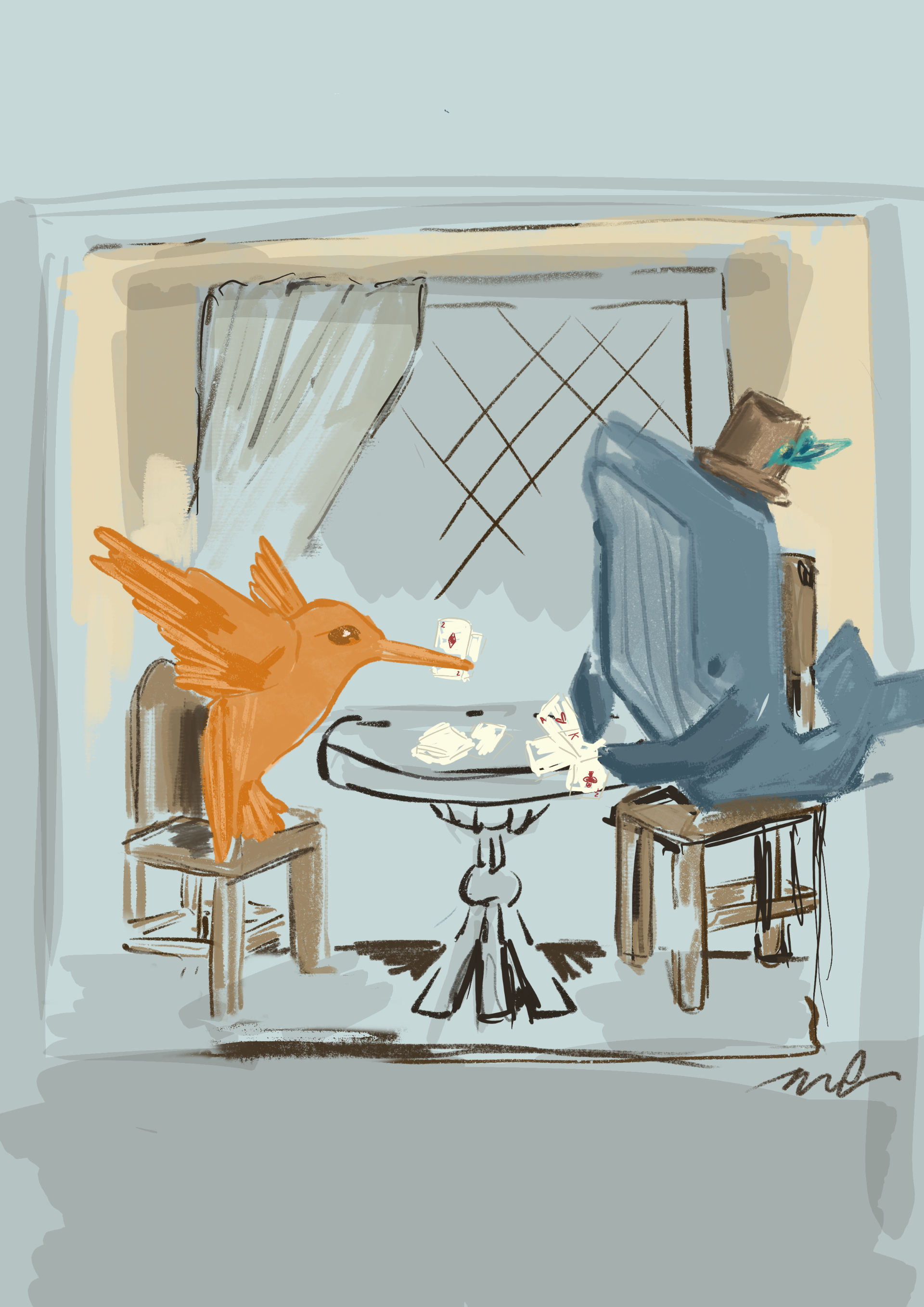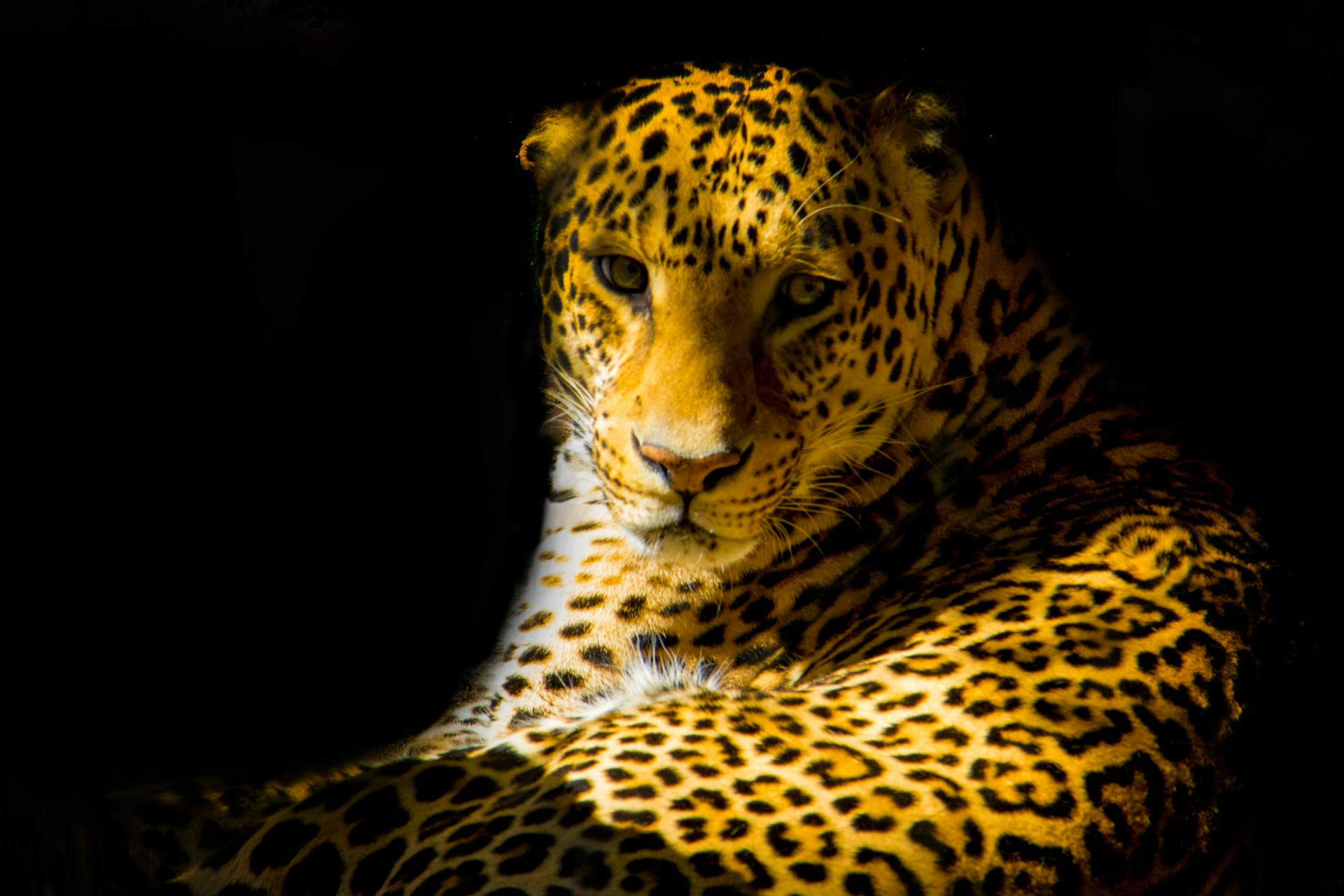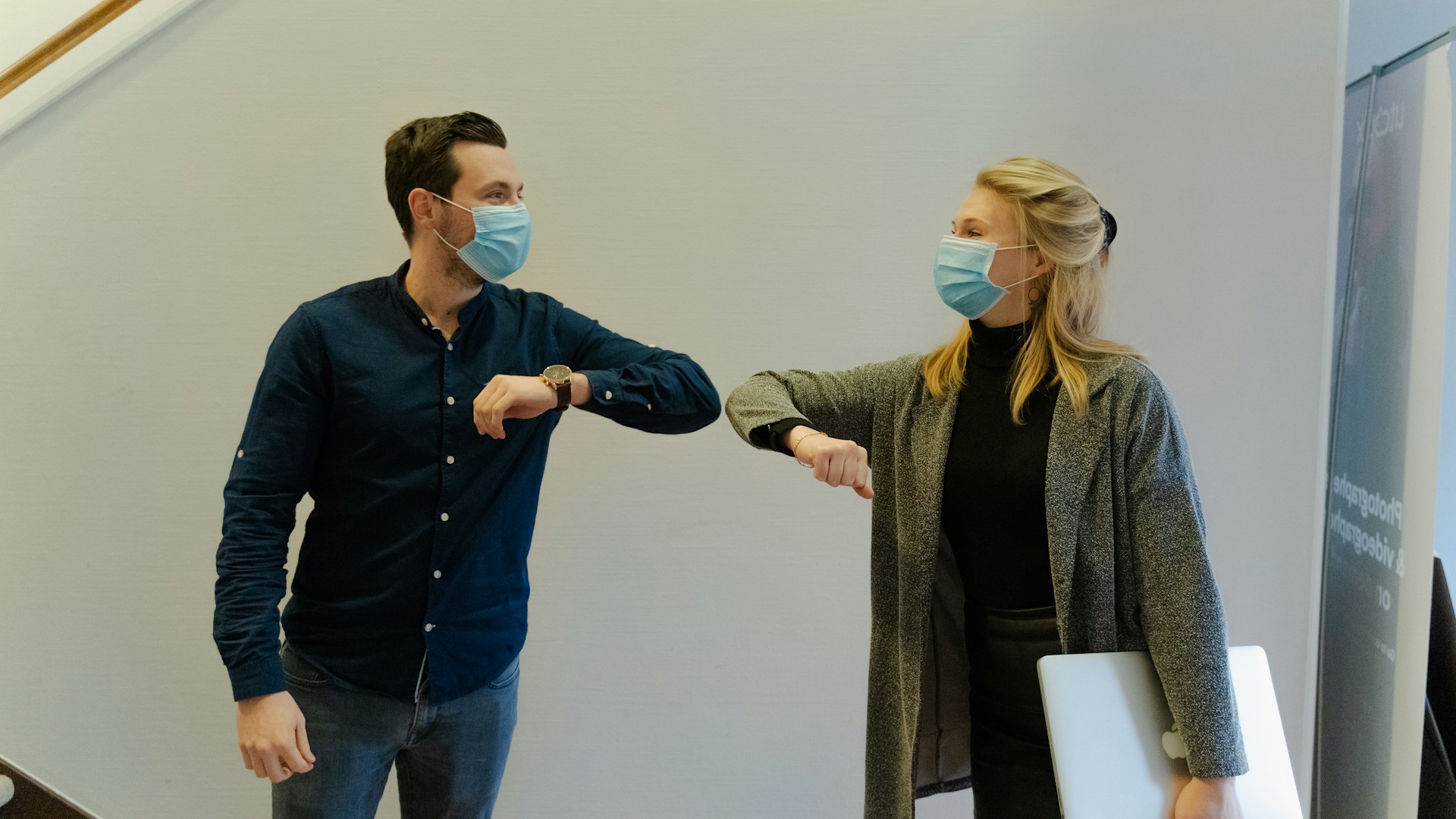Narrated by S. Harp
Our land is flat, they say, the conspiracy theorists. Ridiculous, I used to proclaim. Even schoolchildren can tell you, the surface of a lens is obviously curved. Just imagine – the light would all fire straight through the lens and continue in the same direction. No bouncing around and colliding at a focus, no forming a nice, sharp image on the other side. In fact, no images would be created at all! A sad flatland with nothing to see, any light reaching our vicinity being infinitely blurred out to nothingness.
Yet one bright day, I was sat on the glass contemplating the beautifully sharp images beyond. That day, boats paddled along a rocky sea; my lens was overlooking a beach. Life is quiet on a camera lens. A scary spider here or there, or an overexcited toddler’s mouth getting too close at a wedding, tend to be the most dramatic occurrences. So, it was a shock when my entire world began to rumble – and my worldview shook with it.
As the rumbling got louder, the glass began to snap around me, forming concentric cracks everywhere. Then a plunge – each circular strip of the lens kept its surface curvature, but collapsed down, so each ring’s highest point became the same height. My lens was no longer a smooth, curved surface, but a series of curved cliffs. These cliffs formed circles around the centre, which was now a circular mountain. Everything was at one level. Stood at the peak of my circular cliff, I was at precisely the height of every other circular cliff, and the central mountain peak too: the overall lens was flat.
Confused and disorientated, I couldn’t even see straight. The image of boats on the beach’s rocky sea had transformed to fuzzy splodges moving from side to side, and the once-sharp horizon now smudged sky into sea.
“Don’t you just love a good storm?”
I turned to find the source of the voice. She was sat opposite me, legs dangling down the flat side of her cliff, gazing at the blurry smudges rocking about in the image.
“Just think. Without the power of our lens, those boats would be lost, confused and disorientated, blindly crashing into some foreign cliff. Instead, our lighthouse beam guides them home.”
“A lighthouse beam?” An uncomfortable feeling arose that this was no longer familiar camera-lens territory.
“Apologies, I should introduce myself – D. Fract, pleased to meet you.” She made a leap from her cliff to mine and shook my hand. “Welcome to the Fresnel-lens. Or, Flatlens as you seem to call it.”
“I am – er – S. Harp, but I am not one of those Flatlensers, I -”
“Don’t worry,” D. Fract smiled knowingly, “A Flatlens is no more mythical than your curved one. Let’s take a walk.” I followed her as she slid down the curve, and we wandered round the valley.
“Those sailors,” she pointed, “need light to guide them, and a candle or lamp is not enough. A Flatlens collects that light and focuses it, making the light much brighter. We take your curved surface but break it into concentric circles, getting rid of excess lens beneath the surface to make it flat. The ideal lens would have infinitely many, infinitesimally thin circular strips, but practically – that is the stuff of dreams…”
“But surely my smooth lens can do the same thing,” I countered.
“We need a lens of large aperture to collect all the light, and a short focal length. A smooth lens equivalent would be heavy and huge; Flatlenses can be a thin, flat sheet. And we capture light at more angles, so those sailors can see us from greater distances. We call ourselves the invention that saved a million ships!”
Impressed, I wondered what the catch was. But D. Fract was saved from spelling this one out as I realised:
“Diffraction! You have diffraction,” I exclaimed proudly. “You may be light and thin, but blurry images mean you can never truly see these boats you are guiding to safety. The edges and ridges all over the lens mean light is constantly diffracting and smudging the detail.”
She looked at me incredulously.
“Our land is blurred, they say, the conspiracy theorists. Ridiculous. I am disappointed to have educated you only to find you are a blatant fact denier. Those boats are at the lens’ focus, there is no way on any lens you can get sharper than that.”
With swiftness and superiority, D. Fract clambered up the next cliff and slid away, leaving me stuck in the valley, unused to navigating this terrain. But soon enough the rumbling was back, and I was rising until the ends of my lens section joined smoothly up with the ends adjacent to it, and my familiar curved lens blessed me with a scenic set of sharp boats once more.
Relieved to be back on my smooth lens, it seemed to me far flatter than D. Fract’s bumpy lens of hills and valleys. Though itching to impart my adventures to others on my lens, I knew they would at best think it a dream or vision; at worst, label me as an insane Flatlenser.
Instead I write down my experiences here, but one blurry thought still wanders endlessly round the ridges of my mind; if D. Fract could not conceive of a sharper lens than hers, could it be that in some place I cannot imagine, there exists a sharper lens than mine? I wonder what the boats look like there.






